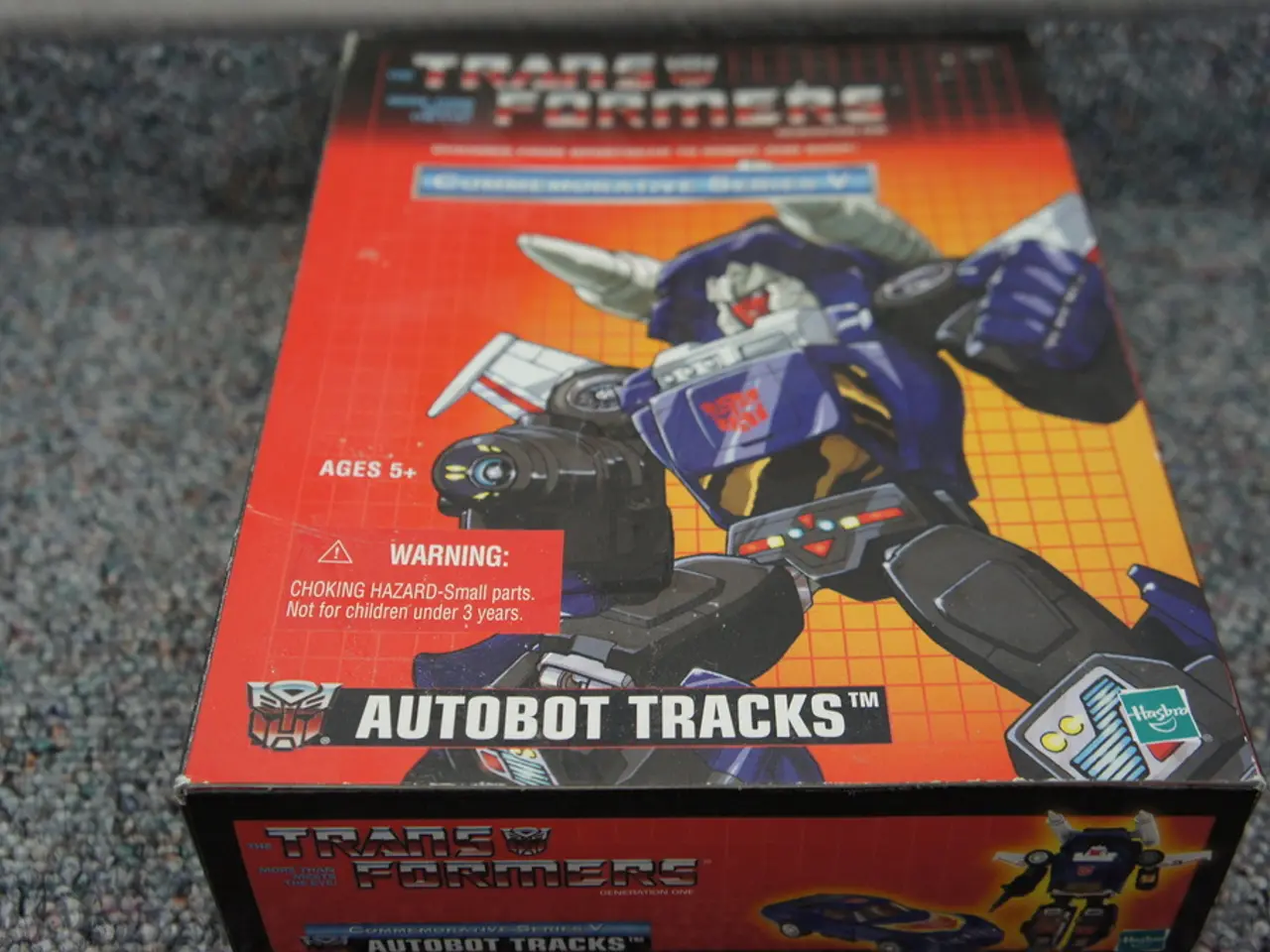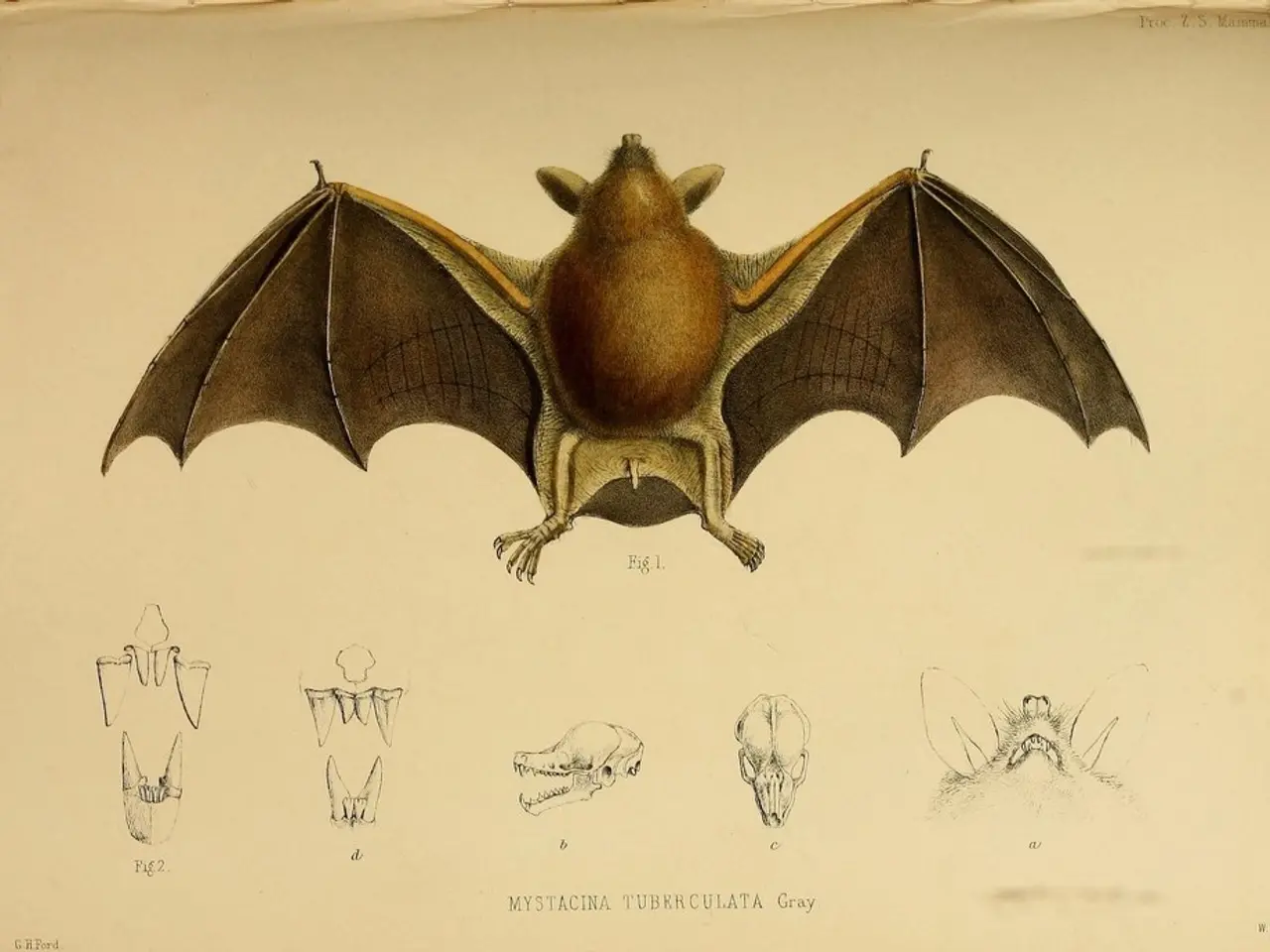Autonomous Vehicles as a Potential Solution: Could Self-Driving Cars Revitalize the Workforce?
In a bid to revolutionise the logistics industry, Toyota Industries Corporation is leading the charge in the development and deployment of Level 4 autonomous vehicles, specifically designed for worksites such as warehouses and airports. The focus of this development is on automation technologies for materials handling equipment, including autonomous lift trucks and towing tractors [1].
These cutting-edge vehicles incorporate advanced technologies to precisely estimate their own positions and detect the accurate locations of trucks, cargo, and pallets. This enables automated loading, unloading, and transport operations within controlled environments [2]. The company has already conducted feasibility tests of these autonomous vehicles at customer facilities, demonstrating their practical applications under real-world conditions.
Toyota Industries has strategically filed over 50 patents in key technological areas related to autonomous driving and automated material handling to secure intellectual property rights and maintain competitive superiority [2]. These patents cover various aspects of the autonomous vehicles' operation, from positioning and object detection to load management and safety features.
The development of Level 4 autonomy is particularly relevant to the labor shortage issue, as it allows for the automation of repetitive, labor-intensive tasks traditionally done by human workers in logistics and materials handling. By deploying autonomous vehicles that can operate reliably in structured worksite environments, Toyota Industries helps reduce dependency on human labor, potentially easing the strain caused by workforce shortages [2].
Autonomous vehicles developed by Toyota Industries Corporation are now in operation at various worksites, including plants and airports. For instance, an autonomous towing tractor is fully automated without a driver under specific conditions at Haneda airport. Similarly, Coca-Cola Bottlers Japan's Hakushu Plant is introducing autonomous forklifts with four forks, which are also fully automated [1]. These vehicles are used for tasks such as raising and lowering heavy loads and towing containers.
Dr. Gill Pratt, CEO of the Toyota Research Institute, discusses the concept of humans and machines working together in the context of automated driving technology, emphasising the "old Toyota idea of jidoka" - the philosophy of machines being able to perform tasks independently while humans are available to intervene when necessary [3].
As the world grapples with an aging population and declining workforce, the need for efficient and innovative solutions to labor shortages is more pressing than ever. Toyota Industries' development of autonomous vehicles for worksites represents a significant step towards addressing these challenges and improving efficiency in the logistics industry.
Sources: [1] https://global.toyota/en/newsroom/corporate/3445083.html [2] https://global.toyota/en/newsroom/corporate/3445082.html [3] https://global.toyota/en/newsroom/corporate/3445081.html
In the realm of technological advancements, Toyota Industries Corporation is using the intellectual property protected by over 50 patents in autonomous driving and automated material handling to enhance business efficiency in the logistics industry. This development not only revolutionizes the worksite environments with autonomous vehicles but also addresses the finance-related challenge of reducing labor dependency caused by workforce shortages.




